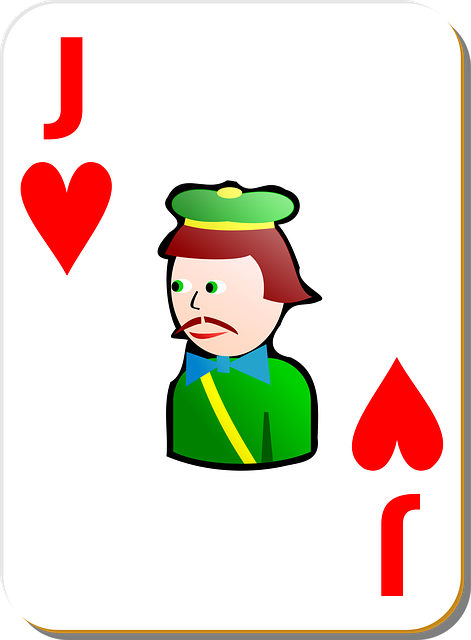Mastering poker lingo, card rankings, and core rules like betting, blinding, pot dynamics, and hand strength is vital for anyone learning how to play poker. Understanding these fundamentals enables strategic decision-making, improving overall poker playing experience, whether novice or experienced.
Poker is a game of skill, strategy, and jargon. Before diving into the world of Texas Hold’em or Stud, it’s essential to grasp the basic poker glossary. This guide provides a comprehensive overview of common poker terms, card rankings, hand strengths, and game dynamics. Whether you’re a beginner looking to understand how to play poker or an intermediate player seeking to refine your skills, this article will equip you with the knowledge needed to navigate any poker table confidently.
- Common Poker Terms: Understanding the Basics
- Card Rankings and Hand Strengths Explained
- Game Dynamics: Betting, Blinding, and Pot Rules
Common Poker Terms: Understanding the Basics

Poker, a game of skill and strategy, boasts its own unique vocabulary that can often be intimidating for beginners. Deciphering common poker terms is a significant step in understanding how to play poker effectively. Terms like ‘blind’, ‘ante’, ‘flop’, ‘turn’ and ‘river’ are more than just words; they represent crucial stages in the game, each with its own rules and implications.
Understanding these fundamentals is key to navigating the table and making informed decisions. Whether you’re a novice or looking to refine your strategy, grasping these basic poker terms will empower you to engage in the game with greater confidence and understanding of how to play poker successfully.
Card Rankings and Hand Strengths Explained

In poker, understanding card rankings and hand strengths is crucial for how to play poker effectively. The ranking of cards from highest to lowest forms the basis for determining hand strength. The top two pairs are a Royal Flush (Ace-King-Queen-Jack-10 of the same suit) and a Straight Flush (five consecutive cards in the same suit). Next come four of a kind, full house, flush, straight, three of a kind, two pair, one pair, and high card.
Each hand strength has its own value and significance at the poker table. Knowing these rankings allows players to make informed decisions during gameplay. For instance, holding a Royal Flush is considered the strongest starting hand, while a high card might be less advantageous but can still win if played strategically. Understanding card rankings and hand strengths enhances your ability to bluff, call, or fold, making you a more skilled poker player.
Game Dynamics: Betting, Blinding, and Pot Rules

Poker is more than just cards and chips; it’s a dance of strategy, risk, and reward. Understanding the game dynamics, including betting, blinding, and pot rules, is crucial for anyone looking to master How to Play Poker. Each round starts with players making forced bets known as blinds. These are typically placed by the two players immediately to the left of the dealer, with one blind (small) followed by another (big). This creates a dynamic where players must either call, raise, or fold based on their hand strength and table conditions.
The pot, the cumulative bets made during a round, grows as players act in turn. After each player has had an opportunity to act, betting rounds conclude with either all players folding and the pot being awarded to the last active player, or a showdown where hands are revealed and the winner determined by poker’s intricate ranking system. These rules govern the flow of a hand, encouraging strategic thinking and adaptation as players navigate the ever-changing landscape of the table.
Poker is a game of strategy, skill, and understanding. By grasping common poker terms, knowing card rankings, and mastering game dynamics like betting, blinding, and pot rules, you’ll be well on your way to enhancing your poker experience. Remember, whether you’re playing for fun or seeking to master the art of How to Play Poker, continuous learning is key to success at the table.






